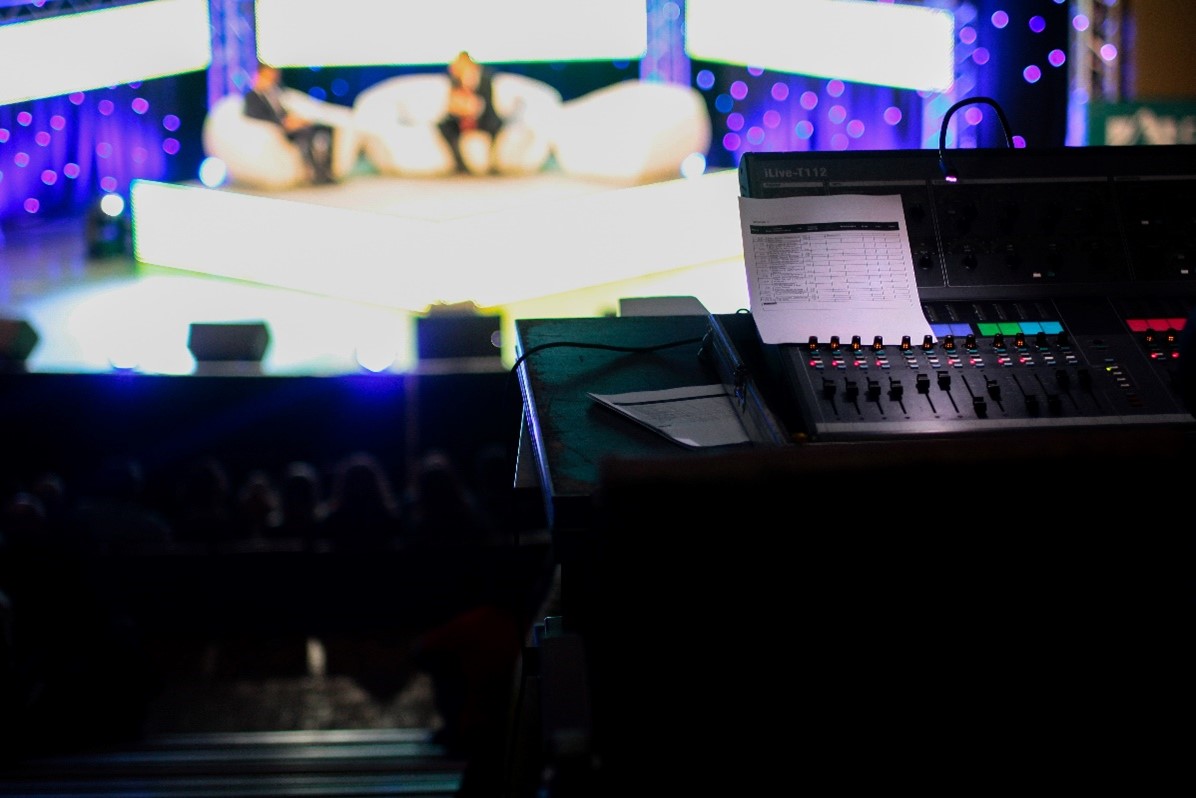Gina Argento is the owner of Broadway Stages in New York. In the following article, Gina Argento discusses how technology plays a role in a theatrical setting, changing the landscape of live productions and the viewer experience.
Live theater is possibly one of the oldest forms of entertainment known to humanity, and like technology, it is a constantly evolving aspect of who we are.
The technologies that are now commonly used in a theater include virtual reality performances, 3D Printing, and video technology. These are benefiting the industry by offering innovations in an audience’s experiences, as well as new forms of expression and ways to efficiently accomplish traditional set designs.
In this article, Gina Argento of Broadway Stages in New York examines the intersection of technology and live theater, reviews the main three technologies currently changing the landscape of live theater performances, and observes the benefits that come with each. By the conclusion, a better understanding of how technology has helped the theater industry should be reached.
Technologies Utilized in a Theatrical Setting
Technology is just as consistent in its evolution as the art form of theater, and it can be very difficult to narrow down how one has helped the other. However, the following three of the main technologies are gaining popularity in the sector:
- Virtual Reality
- Video Technology
- 3D Printing
Gina Argento of Broadway Stages in New York explains that these may be familiar to the reader in other areas of life; however, their impact on theater is especially immense.
Virtual Reality
Virtual reality is possibly the newest and most cutting-edge way that technology is beginning to integrate with live performances. Some performances allow audiences to wear headsets that create a submersible environment for the listener.
However, Gina Argento of Broadway Stages in New York says that these do not sacrifice the aspect of live performance that has always preserved the theater industry. Actors, musicians, and performers often lend their voices to the speakers transmitting character interactions directly to the audience.
In this way, audiences can not only watch and hear a life performance, but they can often become characters that interact with and become a part of the show as well.
Video Technology
Video technology and theater might seem like two facets that cannot mix. After all, when we talk about video performances, we’ve entered the realm of film and pre-recorded acting, haven’t we?
Gina Argento of Broadway Stages in New York says that this is not necessarily always the case, thanks to technology. In the instance of the Jersey City Theatre Center’s production of “And Then They Came For Me: Remembering the World of Anne Frank,” live actors were allowed to blend their genuine performances in real-time with recorded images. These were real interviews conducted with real-life friends of Anne Frank, herself.
Thus, the audience was treated to an experience that perfectly collaborated with a recorded documentary. Thanks to technology, video no longer has to be limited to playing back a series of recorded images.
Projection mapping allows a set to come alive with flowing visual images, fooling the eye of the audience and greatly enhancing the performance of the actors that work within the set.

3D Printing
Finally, Gina Argento of Broadway Stages in New York explains that 3D printing has become one of the most efficient types of technology to be used in live theater. Props and entire stage designs can now be constructed and brought to life using 3D modelling software and a 3D printer.
This means that artists can now visualize and prepare for the set they’d like to see used in a live performance before ever using any physical materials. Nowadays, sets are created at significantly lower costs and even at faster rates with this type of technology.
In Conclusion
Gina Argento maintains that the intersection of technology and live theater can be seen in the advent of virtual reality, video technology, and 3D Printing. While some of these technologies are used to alter or enhance set design like never before, others are directly linked to how live theater is perceived, and they all create a new experience for the audience.
This new experience draws audiences to the theater in greater and greater groups, as well as in younger demographics. Not only can viewers of live theater expect to experience something new, but those entering the theatrical profession can expect to learn how to use technology to accomplish their artistic goals with greater efficiency and imagination!

